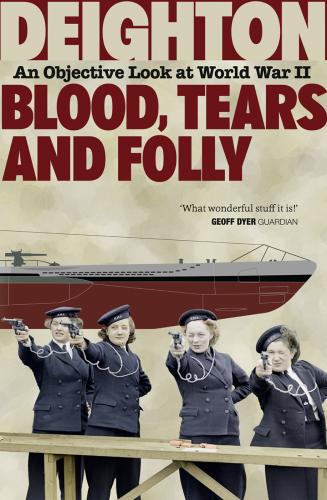The extraordinary women of the First Aid Nursing Yeomanry created a secret unit that was dropped by parachute behind enemy lines to undertake espionage work for the Special Operations Executive. Bletchley Park’s work in cracking the ‘Enigma’ codes is well known, and many of the brilliant code-breakers were women. The magnificent women ferry-pilots of the Air Transport Auxiliary flew everything from fast and nimble Spitfire fighters to large and powerful Lancaster heavy bombers, many with battle damage and in need of repair. The Royal Air Force and Royal Navy depended on an army of women radar controllers to manage their operations in the air and at sea.
The contribution to the war made by women was not limited to Britain. In America Jacqueline Cochrane’s famous Women’s Airforce Service Pilots ferried military aircraft, while flight nurses – the unsung heroines of the US Army – provided critical medical attention to wounded soldiers, saving lives on both the European and Pacific fighting fronts. In Russia, too, all the Red Army’s nurses were women. Those serving as front-line medics were also armed and expected to fight alongside their male comrades when not attending to the wounded. Their casualty rate was approximately equal to that of the Red Army infantry. These women demonstrated that they were every bit as willing to help win a war against an enemy that threatened the life they knew. Together they blazed a trail for equality and their lasting contribution to today’s society deserves to be recognized.
Blood, Tears and Folly is a history of the Second World War concentrating on the early years when Britain and her dominions came near to defeat. The German navy’s use of advanced diesel-electric submarines and the four-rotor Enigma machine almost succeeded in starving Britain of raw materials and food. The Type VII is the iconic U-boat of the Battle of the Atlantic. During the early part of the war they were painted in a resplendent three-colour scheme, including a bright red hull below the waterline (they were later painted solid grey to make them less visible). Built by Krupp Germaniawerft in Kiel and launched in 1938, U-47, a Type VIIB commanded by Günther Prien that sank thirty ships including the battleship HMS Royal Oak, begins as a line-drawn plan on the back cover before appearing menacingly in full colour on the front. The front-cover photograph of a group of Wrens qualifying at the pistol range exemplifies Britain’s plucky resolve in the face of extreme adversity. This defiant attitude played an important role in convincing a sceptical United States to support Britain in its war against Germany.
Antoni Deighton, 2013
PLATES
7 Hitler meets the fascist Spanish dictator General Franco, October 1940
14 Joseph Stalin, the Soviet communist dictator
20 General Hideki Tojo, first Japan’s war minister and then prime minister
FIGURES
2 German U-boat submarine, type V11C
5 German Enigma coding machine
6 British shipping losses in the first year of the war
8 Short Sunderland flying boat
